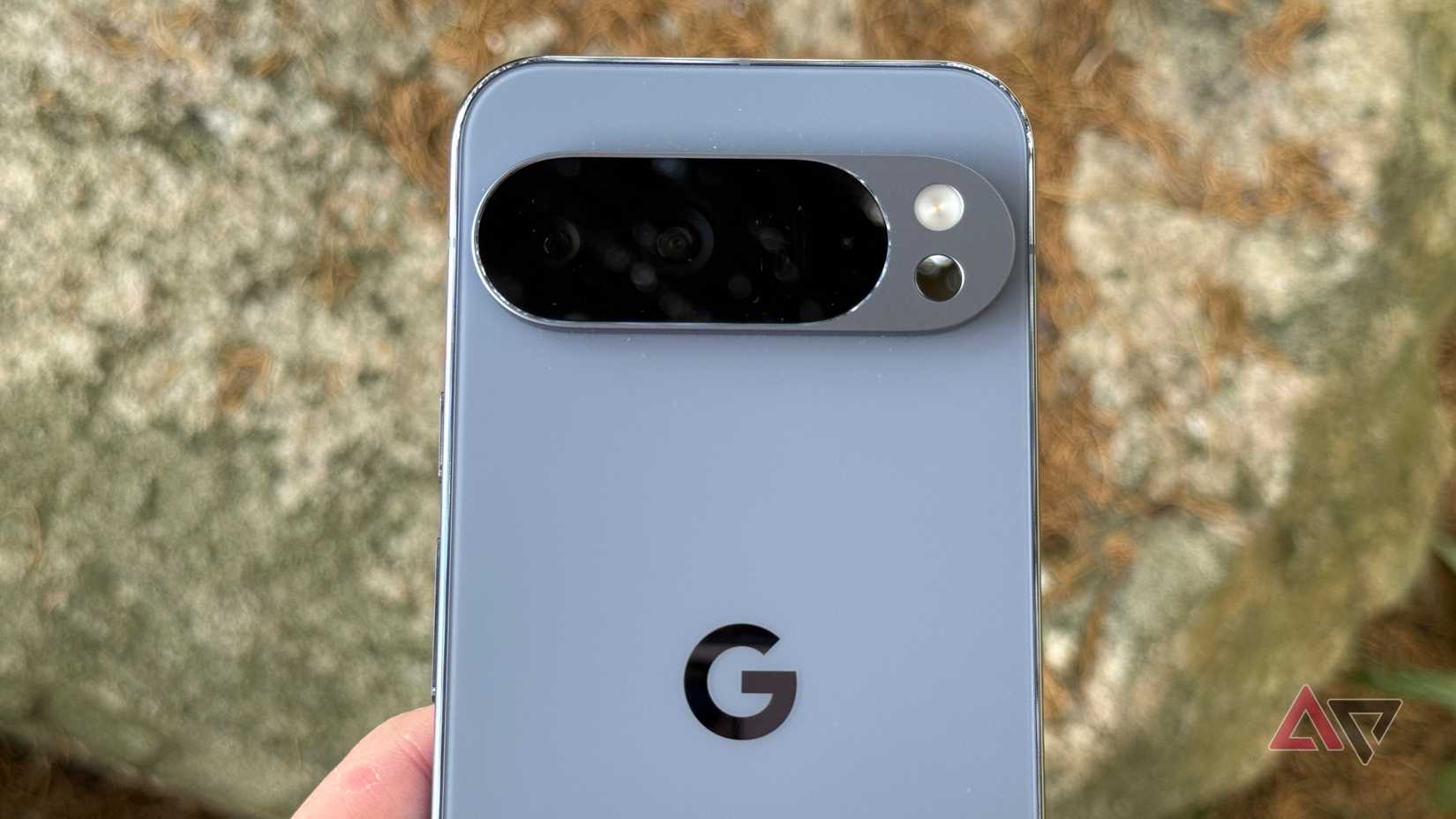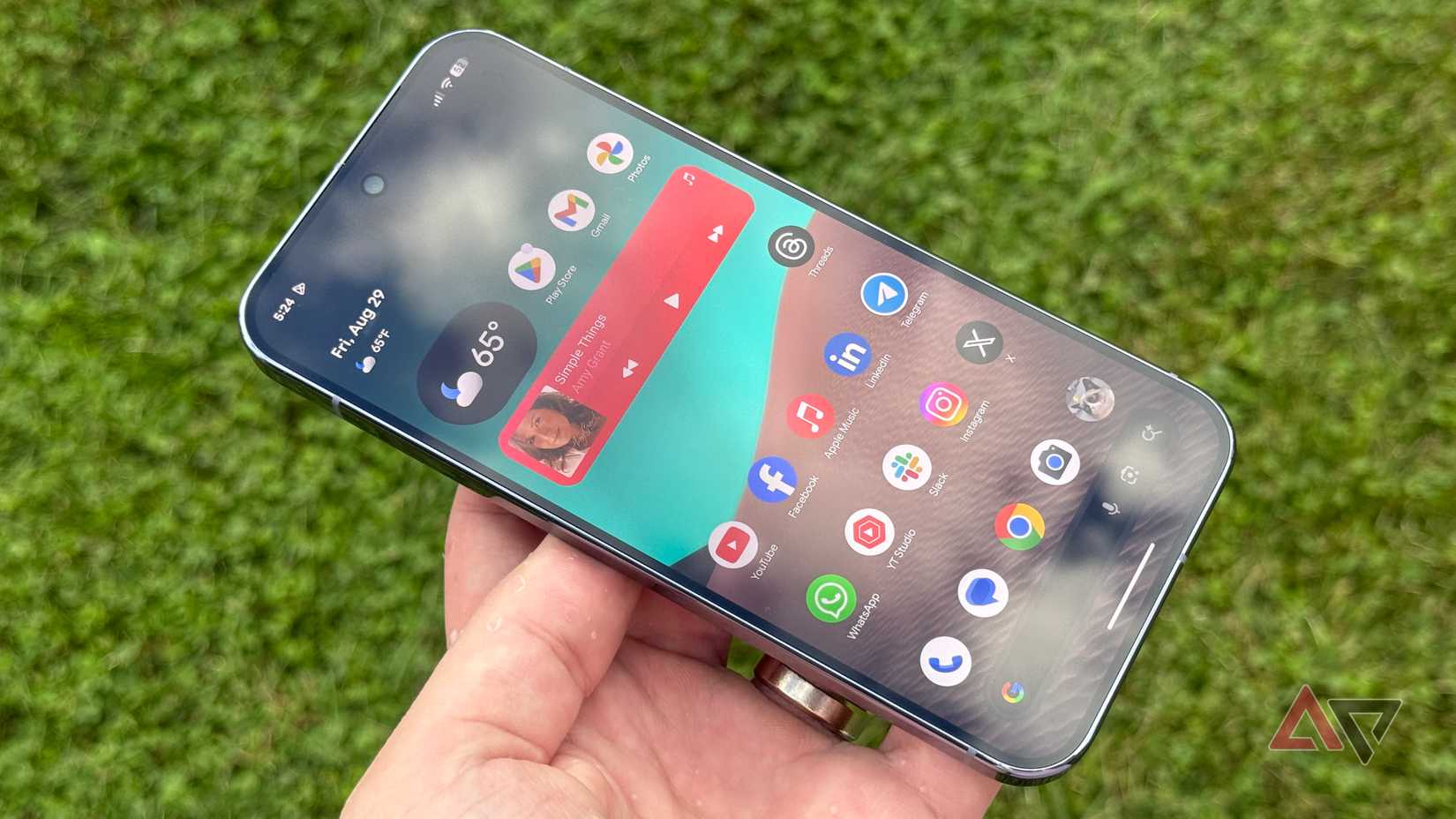I knew when I used the Google Pixel 10 devices that Google had a winner on its hands. The phones built on the success of the Pixel 9 series and accomplished precisely what Google set out to do.
It’s refreshing to see the company release solid hardware and competent software for a few years in a row, addressing legitimate user concerns along the way.
The phones look attractive on carrier store shelves next to iPhones, and Material 3 Expressive is the Android software I’d recommend for people switching.
Thankfully, you don’t have to take my word for it that Google’s plan is working. Pixel 10 sales figures reveal another year-over-year increase for the company.
Whether you like it or not, Google got it right with the Pixel 10 series.
Increased sales are the name of the game
Google isn’t here to please you
I’ve written a few articles outlining Google’s strategy with the Pixel 10, and I’ve received quite a bit of pushback.
There’s a constant refrain I hear from people who disagree, claiming that the Tensor G5 doesn’t help Google compete. Compete at what, I don’t know.
There are several metrics you can point to on the Tensor G5 to argue that it’s not what Google should be using to power its smartphones, but saying it’s not helping the company compete misses the point.
Small discrepancies in specs and different benchmark scores can spark excitement, but they can also cause us to lose sight of the bigger picture.
Google is selling more Pixels than ever, fueled by its focus on the user experience and targeting disgruntled iPhone users.
The company’s smartphone share is increasing, and higher sales are producing billions more in revenue. I understand that for Google, a few extra billion is a drop in the bucket, but the goal is more, not less.
I’m still waiting for this massive consumer backlash at Google for using a Tensor G5, and it’s just not happening.
Enthusiasts keep crying out that people need to vote with their wallets, and they are; it’s just not the result you hoped for.
People are pleased with their Pixels, and there’s a huge disconnect between the spec sheet we pore over and the real-world experience for buyers.
The user experience is better than you think
The Tensor G5 isn’t a potato
It’s easy to lose the forest through the trees when you’re writing about mobile phones all day.
Small discrepancies in specs and different benchmark scores can spark excitement, but they can also cause us to lose sight of the bigger picture.
Yes, the Tensor G5 loses out to the Snapdragon 8 Elite and Snapdragon 8 Elite Gen 5 in raw horsepower tests, but that doesn’t indicate how the phones they power perform.
Software optimization plays a significant role. I can’t tell you how many devices I’ve used with excellent chipsets that performed terribly because of poor software.
Google gets it right with Android 16, and Material 3 Expressive is currently the best software on the platform. It’s responsive, fun, and intuitive — precisely what I want from Android.
It’s especially helpful if you’re trying to entice people to switch from iOS, and Google’s doing a better job of that.
It’s also difficult to find fault with the Google Pixel 10 during daily use. It does everything I want it to do, and while gaming performance isn’t the greatest I’ve ever experienced on a smartphone, most titles run smoothly on the Pixel 10.
Most deficiencies are overblown, and you’re seeing more happy buyers choosing to go with a Pixel than ever before.
The Pixel 10 isn’t perfect
Google’s on the right track, but there is still work to do
I agree with Google’s long-term strategy for the Pixel, and I’m pleased the marketplace agrees.
However, that doesn’t mean the company’s job is done. I would like to see better gaming performance in future generations, and after using the OnePlus 15, I want to see newer battery technology.
Still, Google needs to change the perception some users have of it.
The most vigorous opposition I see to the Google Pixel 10 comes from people who own a Pixel 6 or Pixel 7. When I hear someone complain about Tensor chipsets due to overheating, I know they’re coming from an older device.
I can’t blame them for being angry, as I also suffered from poor Pixels in the past.
My Pixel 6 was a disaster. The fingerprint sensor only worked half the time, and I had to hard reset my phone constantly.
My Pixel 7a was even worse, as a faulty modem refused to switch between 5G and 4G LTE when the signal became weak. Instead, it just cut off my mobile data entirely, even though 4G worked when I disabled 5G.
You’re speaking with someone who wasn’t immune to Google’s previous troubles, and the company’s just going to have to eat that.
It’ll be difficult to convince people who spent good money on devices that didn’t work right to come back into the fold, and I understand your anger.
However, the Pixels of the past are not the device you buy today, and it’s important to recognize that, for the most part, Google can only control what it does going forward.
You may not like it, but the Pixel 10 is successful
It’s still early, and I’m sure there are plenty more sales figures that will be released over the course of the year.
However, the early returns are good, and Google’s not in the business of selling fewer phones.
Google used to include the latest and greatest from Qualcomm to power its devices, and most people didn’t care.
Google’s tapped into something that works, and if you want Pixels to keep coming out, the current direction is the right choice.
Google Pixel 10 Pro XL
- SoC
-
Google Tensor G5
- RAM
-
16GB
- Storage
-
256 GB / 512 GB / 1TB with Zoned UFS / 1 TB with Zoned UFS
- Battery
-
5200mAh
The Pixel 10 Pro XL packs all the same features you’ll find on its less expensive siblings, along with a few exclusive features like a 6.8-inch display and faster charging.




